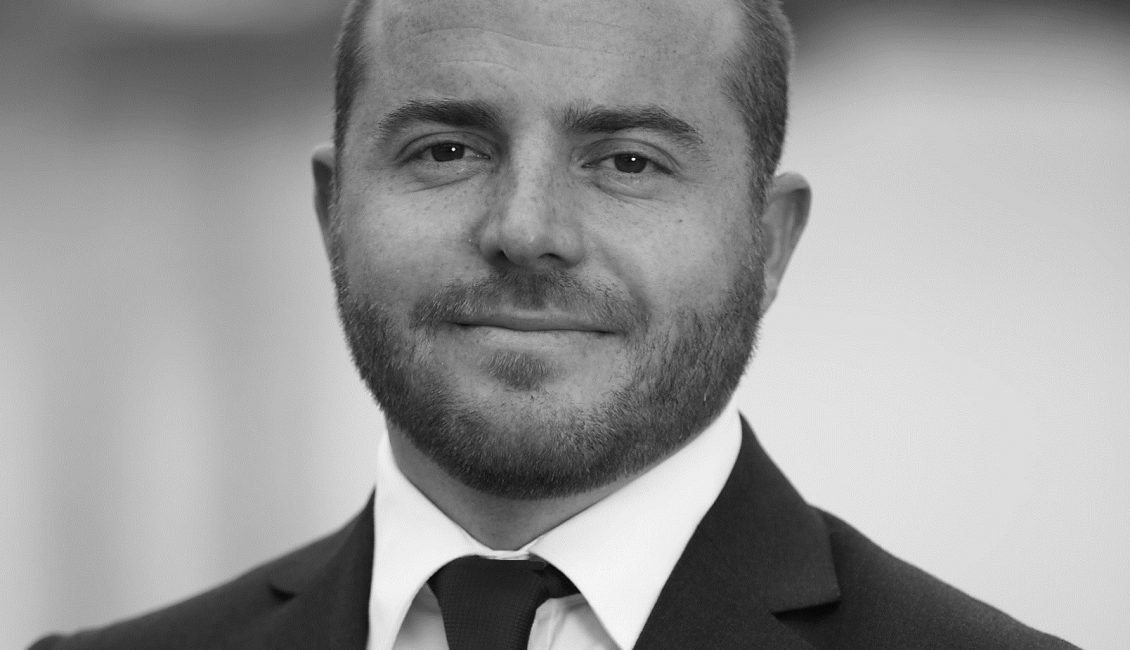
FST Media sat down with David Brennan, Head of Engagement, act., to explore Australia’s first forays into ethical and community banking.
Banks, like any business, exist for the financial interest of their owners. But what if – rather than simply returning profits to shareholders – business earnings were invested back into the community?
Australia’s nascent ethical banking sector has tapped into a global movement to drive social responsibility and impact investment into the heart of the financial services sector. However, can a philanthropic, community-centred business model survive the practical realities of a profit-driven industry?
David Brennan, Head of Engagement, act., a pioneer in Australia’s budding ethical banking sector, discusses the travails of building an ethical financial institution from the ground up and the importance of digital in shaping act.’s customer-facing platforms.
David Brennan will be featured guest panellist at the 10th annual Melbourne Banking conference, 1 June, 2016.
FST Media: What inspired you to join the act. project?
Brennan: For me, it was a chance to marry my career in investment banking, which exposed me to a vast corporate network, with retail financial services, a new and exciting area for me. It also allowed for me to put an overlay on the social impact of business activities – effectively what .act is all about. I was also fortunate in being able to combine my skill set with my social and community interests.
FST Media: act. is defined by a strong social consciousness. Did you recognise a demand within Australia for more ethical banking services?
Brennan: In terms of customer demand for this service, absolutely. We wanted to market a product that allowed consumers to have their own choice of impact; to empower consumers to turn financial capital into social capital. We wanted to help consumers make a difference by doing what they do every single day. Our theory was: ‘why make profit that goes to a bottom line? Why not build a sustainable business that can be profitable, but also has a significant impact on the community?’ That’s why we married the mechanism of crowdfunding into it.
Our ‘impact projects’ not only get funding from our banking customers, they also source it from the general public as well. It was a demand that came out from a few different product streams of the Bendigo Bank Group. Customers continually asked about this service, and we turned it into a reality.
FST Media: What differentiates act.’s customer experience from other financial institutions?
Brennan: Beyond our stated social goals, what differentiates us is our strict digital focus. It was vital for us to ensure our target demographic had a strong connectivity to our digital platform; after all, our banking products are all available online. We also have telephone support and around that we’ve created an almost private banking experience, so customers are dealing with one person only.
There’s also a high level of engagement and work performed by act. behind the scenes, not only during the banking transition cycle, where there’s a lot of documentation involved, but also from an ongoing management perspective. Our customers will always know the name of the person they’re dealing with, whom they can contact at any time. Taking act. away from the ‘typical’ branch experience is another conscious customer service initiative, helping us keep costs down and create more impact dollars.
FST Media: What lessons have you learnt in engaging customers and enhancing the customer experience?
Brennan: One of the first things I learnt to value was the need to engage in comprehensive market research. We invested a lot of time going out and talking to the market, learning who our target demographic really is. We then went on to explore what was really important to them, not only from a service perspective, but also from a digital experience point of view. One of the key messages we got back was the need to personalise service and to ensure our platform was easy-to-use.
We spend a lot of time and resources making sure our website – the primary tool of interaction for our customers – is simple and easy to use, not only for our banking customers, but also for ‘activists’ (the individuals or groups that create social impact projects). We’re committed to providing a streamlined process for them; we’re dealing with a lot of social enterprise and not-for-profit organisations that might not have a lot of time or capital.
FST Media: How does digital empower the ethical banking project? Could such a model have succeeded in the pre-digital era?
Brennan: To answer the second part first, I don’t think so. When you operate in the digital landscape, things can be made very efficient and, therefore, cost-effective. To provide a high level of service to our customers at a relatively low cost, we have to maintain a pretty significant margin to turn capital into ‘impact dollars’. If we had to lay out resources for branches, it’d be difficult for us to build a sustainable business. What’s more, I don’t think it’d be possible to have the impact dollar generation capacity that we do. A successful digital experience is an integral part of our platform.
FST Media: What’s the greatest technological or operational hurdle for the success of ethical banking?
Brennan: As we move into the future, banks must – from an ethical perspective – be clear and transparent about the way they present themselves. Our industry must be really careful when making any decision, especially around financial service providers, and making sure institutions walk their talk. You’ll often find large banks talking about their ‘environmental sustainability plans’, but in essence, it’s rather hollow. As banking technology becomes more advanced and more digitised, one of the key hurdles will be the ability for organisations to present transparency around the end result of a particular product they’re trying to take to market.
FST Media: What do you see as the next big breakthrough technology for the banking industry?
Brennan: The mobilisation of personal banking is an important development. This will see the extension of things like Apple Pay and Pay Wave, where people’s physical wallets and purses transform into a simple, digital format. We’ll start to see a lot more of those personalised utilities, whether it’s a health care card or a library card, come onto smartphones and other digital platforms.
FST Media: How have you fostered a culture of innovation within act.?
Brennan: We’re really lucky in that the act. team is built of people with exceptional experience in the banking environment and with expertise, from a digital and creative perspective. We run our general team communication structures, or our creative and strategic sessions, to adapt quickly to the changing environment. For example, we might get some customer feedback about a particular interaction they’ve had with the platform, and we can quickly evolve to change our path to make it a more successful experience for the end user. In terms of the digital experience, we’re also keen to ensure that we’re consistent with our overarching strategy, whether that’s the layout of buttons, or default settings within their account – whatever the case may be. We work together in a creative environment that fosters an atmosphere that ensures the customer always has the best experience and gets the best service first.
I’m particularly fortunate in my role to see a lot of projects before they go onto the platform, and some of the results are truly rewarding. Everyone in our team feels they’re a part of something that motivates them to be creative, to innovate and to adapt. ^
David Brennan will be a featured guest panellist at the Future of Banking and Financial Services conference, Melbourne, on 1 June, 2016. To learn more about the conference agenda or keynote speakers at the event, click here.





